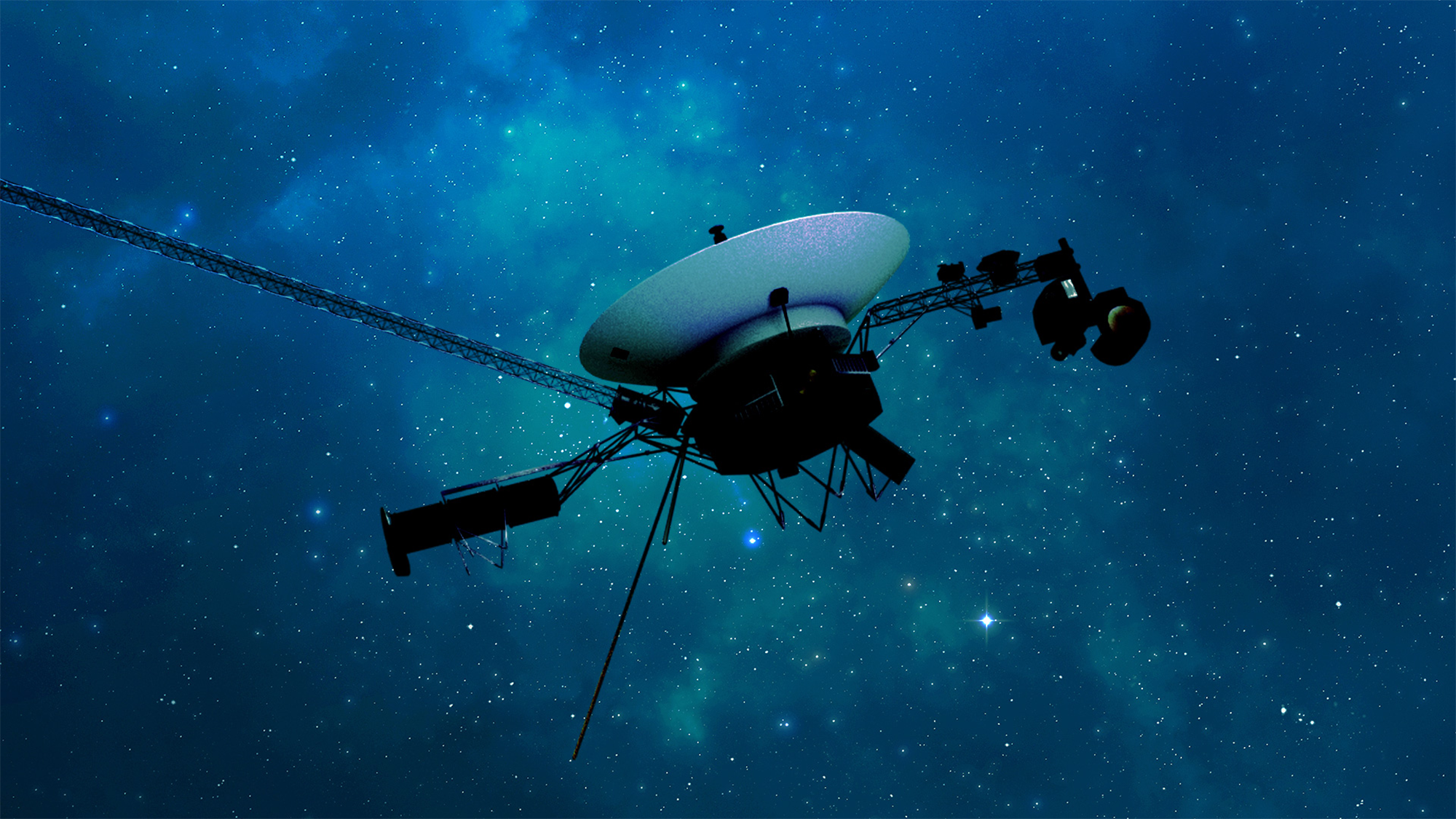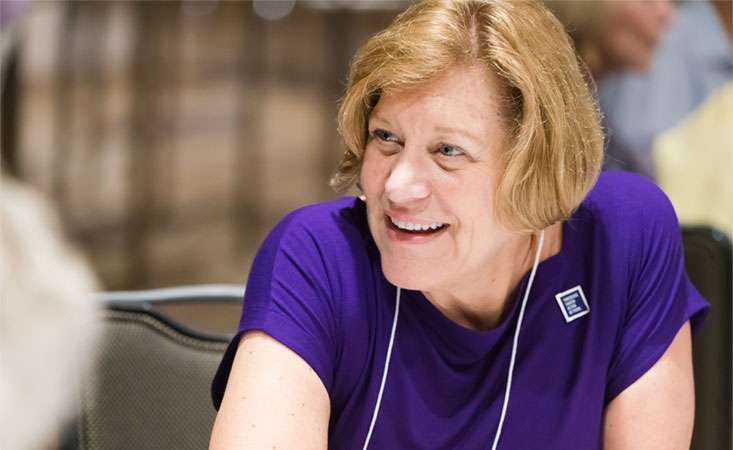
In France, half a million people live with post-stroke effects. As we know, the patient’s survival and possible repercussions depend on the speed of the initial treatment. Hence, serious stroke follow-up during the months and years following a stroke is also necessary to reduce its long-term consequences.
To date, there has been no recommendation regarding rehabilitation to be carried out during the chronic phase of stroke, i.e. 6 months after the accident. To overcome this deficiency, HAS has developed recommendations regarding appropriateness, indications and methods of rehabilitation during this stage of pathology.
Improving independence by re-educating motor function
Impaired motor function after stroke is common and has a strong impact on the patient’s daily life and independence.
It must therefore be a subject of rehabilitation to be followed and adjusted, by re-education, with the specific profile of the patient in question. Motor rehabilitation of the upper and lower extremities is carried out by therapeutic methods that are practiced manually or with the use of instruments.
Rehabilitation of motor functions also includes physical activity programmes, including exercise and walking. After a stroke, lack of physical activity has negative consequences for heart, respiratory and muscle function and can also have a psychological impact on patients.
Of course, it is necessary to carry out these exercises in the framework of medical care, with an accompaniment adapted by the rehabilitation specialist. Certain technologies such as virtual reality are also recommended, but should be combined with other methods for optimum effectiveness.
Finally, other technologies such as robot-assisted rehabilitation or balneotherapy cannot currently be the subject of recommendations, due to the lack of data available to scientifically support their benefits.
Re-learning to live on a daily basis by re-educating cognitive function
Cognitive rehabilitation helps the patient and their family learn how to manage cognitive disorders resulting from brain damage caused by a stroke. Here again, the goal is to improve the patient’s quality of life and reduce the impact of the after-effects on his or her daily life and the lives of loved ones.
Among the cognitive disorders observed after a stroke, memory disorders are frequent and can persist for several years after the onset of the accident. They can exacerbate a patient’s dependence, cause psychological distress and even jeopardize his or her safety.
Patients may also have difficulty planning and performing two common tasks or even attention disorders. In this context, learning of compensation measures, thanks to internal or external aids (lists, memos, alarms, human aids, etc.) and the acquisition of coping skills, is part of the rehabilitation process.
In addition, the HAS recommends the practice of so-called “aerobic” physical activity, meaning that it is not very intense but is maintained, in particular with the aim of improving the speed of information processing.
With regard to the treatment of communication disorders and in particular aphasia, that is, the total or partial loss of the ability to communicate through language, the method of repetitive transcranial magnetic stimulation (rTMS) and computerized language rehabilitation accompanied by a therapist is also recommended.
Caregiver or partner involvement is also indicated by remedial information and education. On the other hand, the current state of scientific knowledge does not make it possible to recommend such methods as acupuncture or music therapy.
HAS specifies that the symptoms observed and their sequelae differ from patient to patient so that similar results are difficult to obtain.
It is important to note that the available scientific literature on post-stroke rehabilitation methods is sometimes limited, or even non-existent. HAS’s work on rehabilitation during the chronic phase of stroke must therefore be complemented and adapted according to the new available data…





freshidea-AdobeStock-ef12.jpeg)
